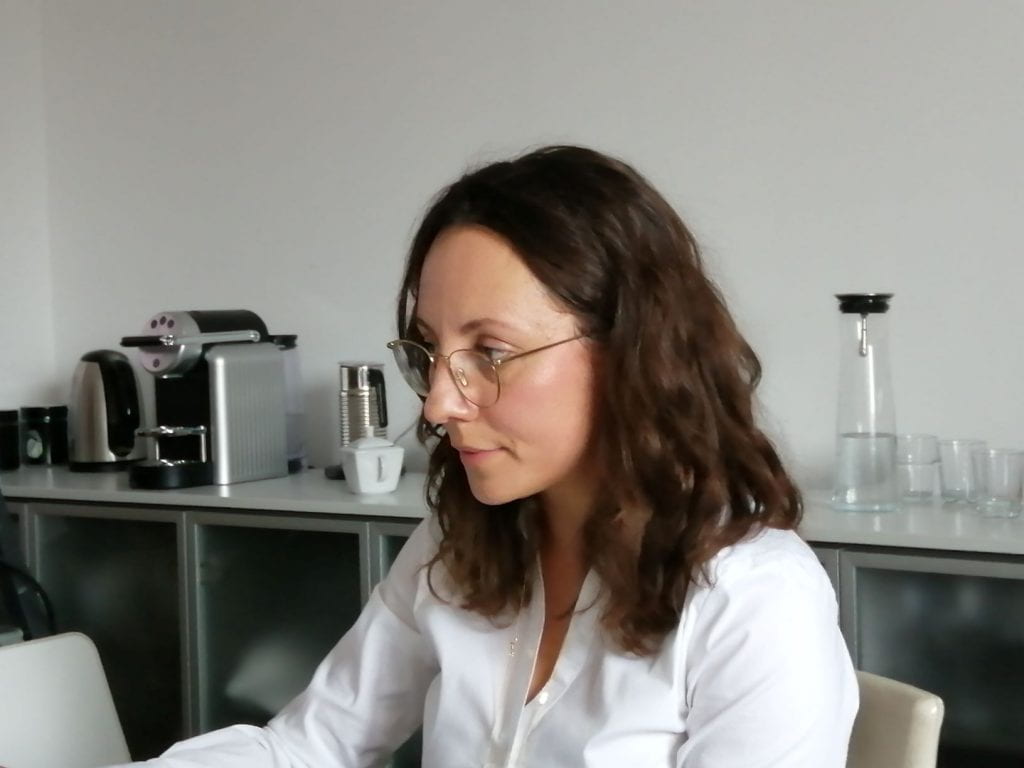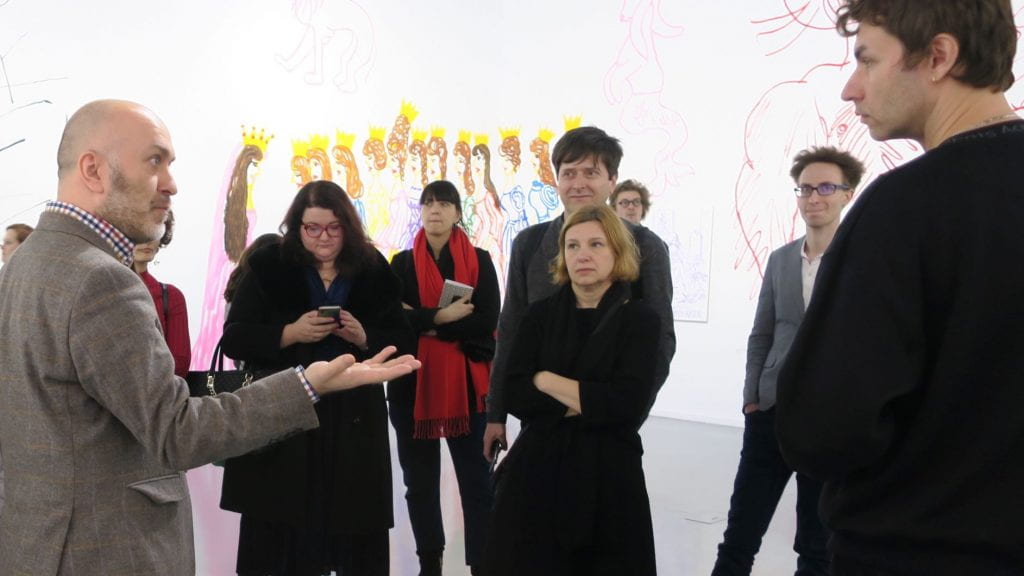Artists’ Unions under Socialism
By Maja Fowkes, on 16 June 2021

The second of the online meetings organised for the Confrontations group held on 9 June 2021, the seminar on Artists’ Unions dealt with one of the key institutional structures of socialist artworlds. In their introduction, Maja and Reuben Fowkes laid out some of the decisive moments in the labyrinthine infrastructural histories of artists unions under socialism: the transformations of the immediate post-war period, the consolidation of communist power across the Eastern Bloc circa 1948-9, and the readjustments in the wake of Stalin’s death. They traced the effects of these turning points on socialist artworlds through the case of the Hungarian Artists’ Union, discussing the significance of its reduction from a from a mass organisation on the model of a trades union to a guild-like association of between 100 and 300 members under party control, but also its role as a liberalising force and representative of artists’ interests during the course of de-Stalinization, since by the mid-1950s the union was already campaigning on behalf of its members to the Ministry of Culture to demand the restoration and building of galleries, an increase in the number of art publications, more studios and foreign exchanges with Western countries, as well as a monthly stipend for painters. Further questions raised included the extent to which the new layers of socialist art bureaucracy established around 1960, such as the founding of the Studio of Young Artists, reflected a shift to more arms-length methods of political management, the strategies devised by artists to negotiate the structures of Actually Existing Artworlds of Socialism and the extent to which parallels can be identified with the role of artists unions in other East European countries, notwithstanding the specific historical context of the suppression of the 1956 Hungarian uprising against Soviet rule.

The guest lecture by Caterina Preda was based on her extensive research into the archives of the Romanian artists’ union, whose neglected institutional histories are vividly symbolised by an image she shared of a cupboard overflowing with disorderly dossiers. She also drew attention to the tendency of the artists’ union to adopt the quantitative methods of industrial or agricultural production under five year plans to measure artistic production in numbers of artworks per year. Attempting to quantify artistic production using such starkly materialist parameters seems slightly comic, but is it really so different from the statistics produced by the capitalist artworld to measure the rising value of artworks at auction? Emphasising the role of the artists’ union as an intermediary between artists and the state, she also laid out the complexity of the relationship between the artists’ union as such, and parallel and overlapping institutions with a more direct role in the commissioning of artworks. The question was raised as to whether the role of the artists’ union in promoting a nationalist version of socialism from the 1960s was specific to the Romanian case, or whether a renewed focus on national cultures was characteristic of the process of de-Stalinization across the Eastern Bloc. It also became clear from the discussion that further research is needed to establish the extent to which during the last decade of the socialist system such state art structures were able to function with relative autonomy.

Member of the core team of Confrontations and leader of this session, Tomasz Załuski, questioned in his intervention into the discussion certain ‘stereotypical assumptions’ about the functioning of artists’ unions. Namely, it is widely assumed that they were part of a regime of artistic control, created an opportunistic social contract with artists who collaborated in exchange for symbolic and material gains, and that they were characterised in their artistic outlook by traditionalism and conservatism. He proposed instead that a closer examination of in particular the Polish case reveals the pragmatism of artists’ unions in defending their members’ interests, the ‘positivity’ and ‘normality’ that such structures created for artists to work within, and their role as ‘agents of modernization.’ Rather than a one-sided view of the role of artists’ unions, he suggested that they should be positioned between the poles of ideology and pragmatism, autonomy and submissiveness, and conservative and progressive values and practices.
Amongst the responses by Confrontations research group members, Juliane Debeusscher brought up the complex situation around the role of East European artists’ unions in enabling the participation of artists in the exhibition and competition of the Joan Miró Prize in Barcelona in the 1970s. Asja Mandić spoke about the particular case of the Yugoslav artists’ union, which was established in 1947, after the founding of the artists’ unions of several of the federal republics of Yugoslavia. Playing a significant role until 1951, when the pendulum swung back towards decentralisation, the Yugoslav artists’ union notably produced four issues of the magazine Umetnost, whose pages reveal the trajectory of the search for a common artistic identity. Johana Lomová drew attention to the differences in the balance of female and male membership in applied arts and fine arts unions, raising the issue of the extent to which the relative exclusion of women from the more prestigious branches of the fine arts reflected the influence of patriarchal mentalities and power structures. Corina Apostol asked what kind of theoretical approach is called for in the study of the archives of socialist artists’ unions. Magdalena Moskalewicz shared further insights into the Polish artists’ union and its role in, for example, producing the national survey shows of the Stalinist period. She also put forward the notion that in contrast to countries like Hungary, there was no ‘doublespeak’ in the Polish artworld after 1955, when the official and unofficial artworlds coalesced. What became clear over the course of a lively afternoon of online discussion was how far the history of the artist unions of particular countries still awaits systematic research, as well as the potential of comparative approach in establishing the significance of their institutional forms and their complex relation to other bureaucratic bodies of the socialist artworld.
 Close
Close







